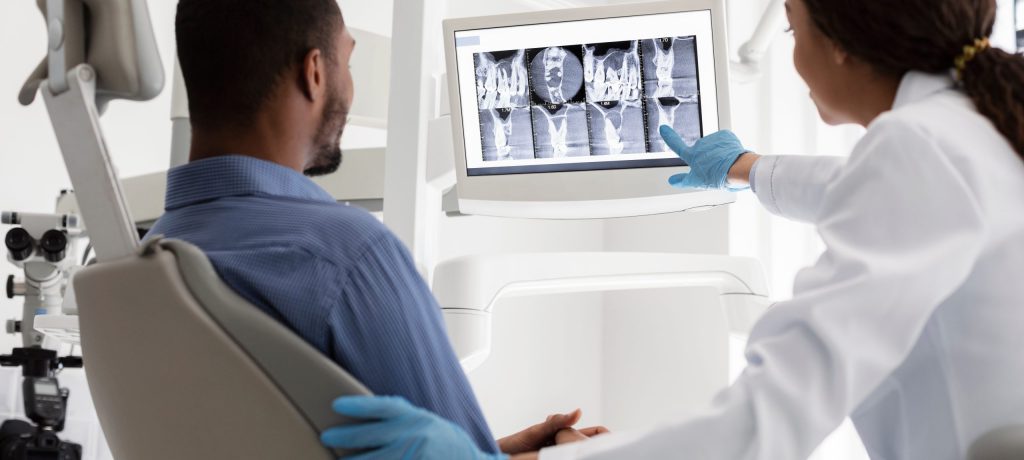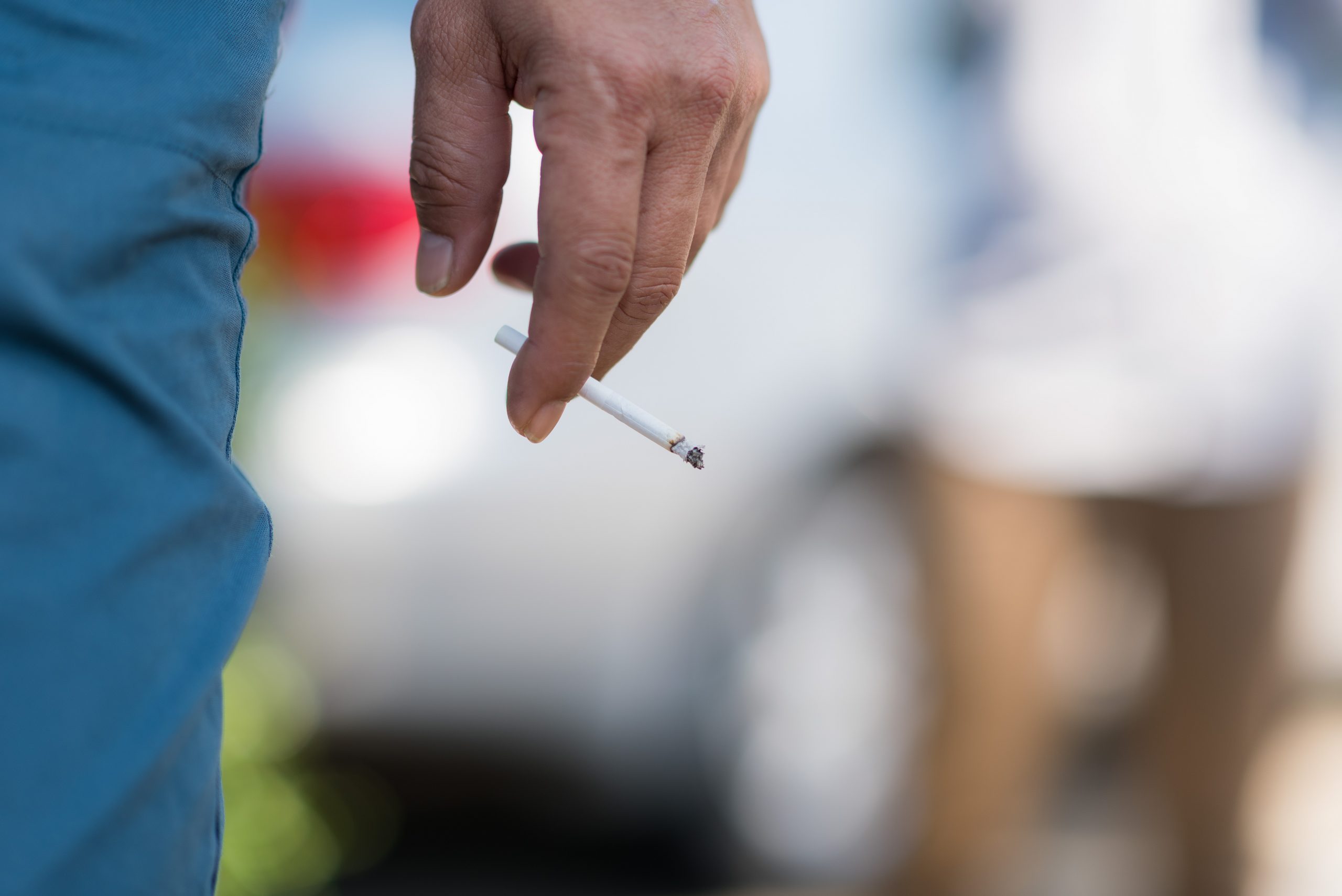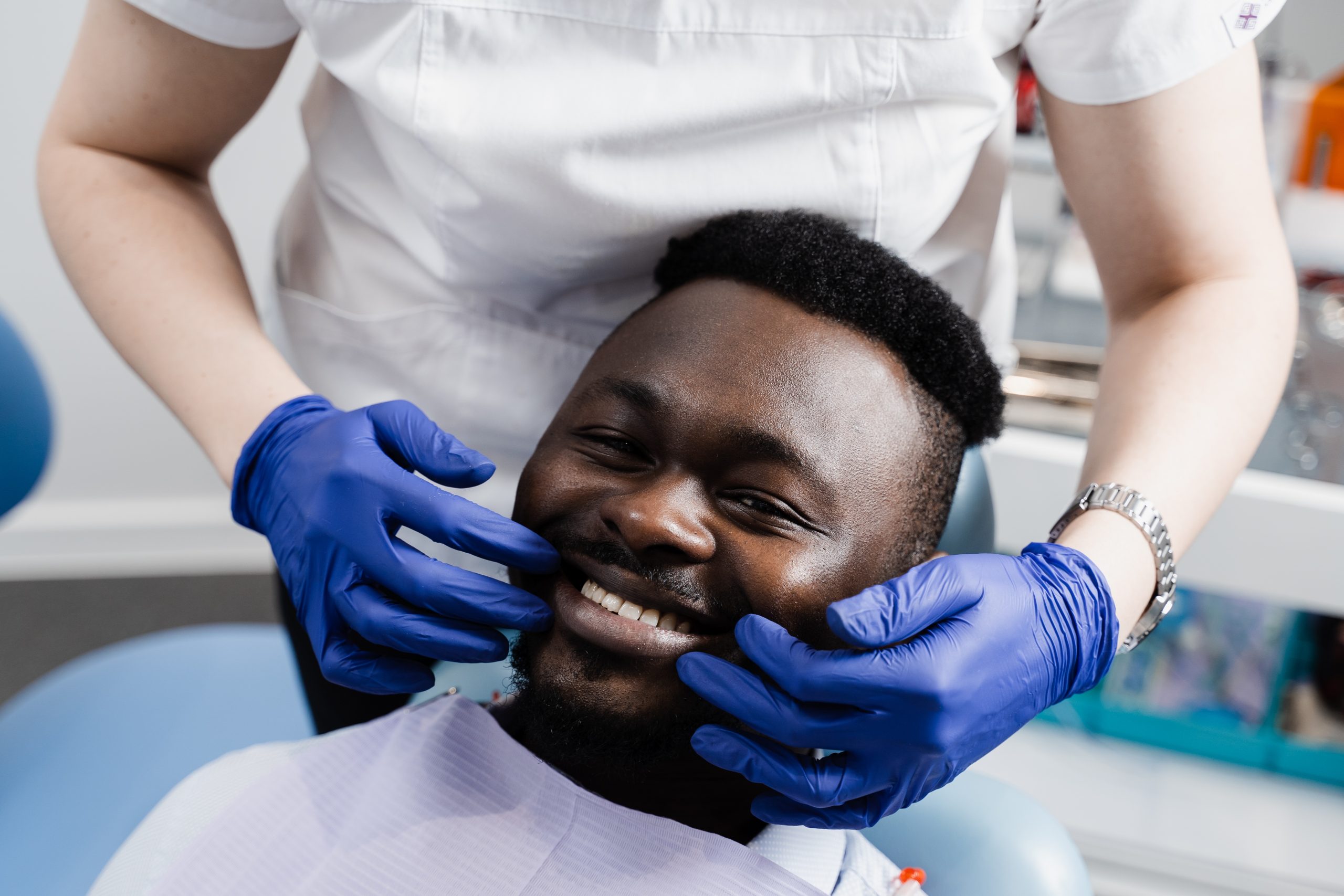Resource Library
Start Reading

Oral cancer is a relentless killer. Somebody dies of oral or oropharyngeal cancer (cancer of the back of the oral cavity and upper throat) every hour of every day. Yet oral cancer, sometimes called mouth cancer, doesn’t always receive widespread public attention.
Understanding oral cancer risk factors is critical. Although not all are under individuals’ control, many are. Knowing what causes mouth cancer can help you make healthy choices that lower your risk.
At Penn Dental Family Practice (PDFP), we educate patients about oral cancer causes as part of our comprehensive care. Keep reading to find out the risk factors, symptoms to watch for, and what to do if you need oral cancer treatment.
 In the United States, some 54,000 people will receive a new diagnosis of oral cancer this year. (For perspective, if those people were all in one place, they’d form a population of about 4,000 people greater than that of Harrisburg, PA.) Only a small majority (57%) will be alive in five years, according to the Oral Cancer Foundation—“a number that has not significantly improved in decades.”
In the United States, some 54,000 people will receive a new diagnosis of oral cancer this year. (For perspective, if those people were all in one place, they’d form a population of about 4,000 people greater than that of Harrisburg, PA.) Only a small majority (57%) will be alive in five years, according to the Oral Cancer Foundation—“a number that has not significantly improved in decades.”
Men are twice as likely as women to develop oral cancer. The risk is also higher for people over 45 years old, though it can occur at any age.
What are the primary oral and oropharyngeal cancer risk factors?
Drinking and smoking are strong oral cancer risk factors. About two in every three mouth cancers are linked to smoking. Just under one-third are linked to alcohol. Together, smoking and drinking increase the risk of oral cancer by up to 30 times.
Smoking cigarettes, cigars, and pipes aren’t the only risky tobacco behavior. Oral tobacco products—snuff, dip, spit, chewing tobacco, and dissolvable tobacco—are all linked to cancers of the cheek, gums, and the lips’ inner surface.
Quitting smoking and limiting alcohol consumption bring a host of health benefits. Reducing oral cancer risk is one of them.
 2. Human Papillomavirus (HPV) Infection
2. Human Papillomavirus (HPV) InfectionThe human papillomavirus (HPV) is the most common sexually transmitted infection in the U.S. The CDC estimates “almost every sexually active person will get HPV at some point if they don’t get vaccinated.”
Some HPV strains cause cancer at the tongue’s base and in the tonsils. HPV is thought to cause 70% of oropharyngeal cancers in the U.S. Whether HPV causes oropharyngeal cancers on its own or by interacting with other risk factors remains unclear. Researchers don’t think HPV causes other head and neck cancers.
First approved in 2006, the HPV vaccine is safe and effective. However, it isn’t a treatment for existing infections or diseases. Consistent, correct use of prophylactics (condoms and dental dams) during sexual activity can reduce the risk of HPV transmission, but they don’t ensure complete protection.
Too much direct exposure to the sun’s ultraviolet (UV) rays can cause skin cancer and cancer in the lip. Researchers estimate solar UV radiation accounts for about half of lip cancers. When you’re going to be in sunlight, apply sunscreen for protection, including SPF (sun protection factor) lip balm.
People with weak or compromised immune systems are at higher risk of oral and oropharyngeal cancer. Sometimes, the weakness is temporary. For example, some cancer treatments and medications suppress the body’s natural defenses. But whether temporary or chronic, weakened immunity increases risk.
Tooth decay and gum disease aren’t the only possible outcomes of poor oral hygiene. Research reveals it is “strongly associated with oral cancers.”
 Be Aware of Oral Cancer Symptoms
Be Aware of Oral Cancer SymptomsWhat are the possible symptoms of oral or oropharyngeal cancer? They can include:
When detected and treated at an early stage, oral and oropharyngeal cancers have an overall 5-year survival rate of 85%.
If you’re concerned any of the oral cancer risk factors listed above pertain to you, or if you’re experiencing troubling oral health symptoms, we urge you to consult a dentist sooner rather than later.
Here at PDFP, our dentists screen patients for mouth, head, and neck cancers as part of routine dental examinations. And when patients need oral cancer treatment, our team of oral medicine specialists uses their advanced training, state-of-the-art equipment, and evidence-based techniques to provide custom care.
Do you need to find a reliable, respected, affordable oral health-care provider? Download our free Philadelphia dentist comparison chart. It will help you determine whether PDFP is the smart choice for you and your family.